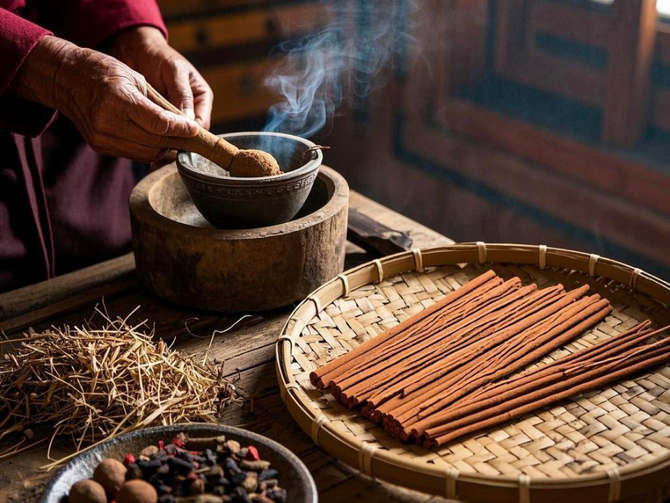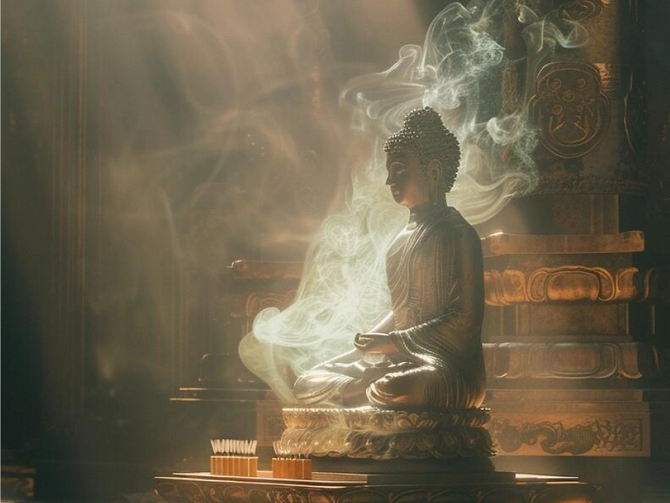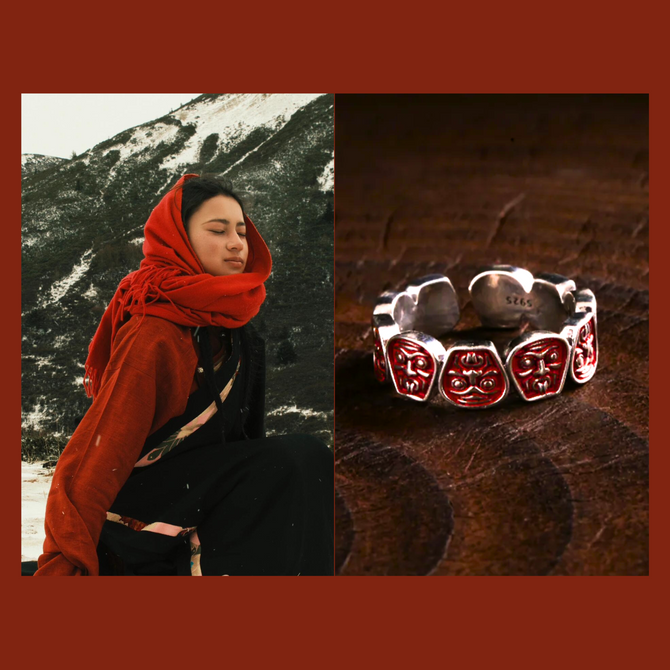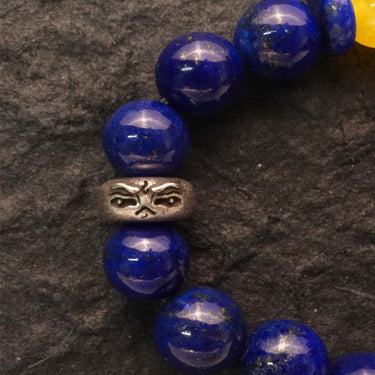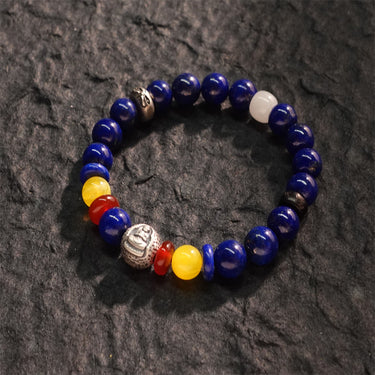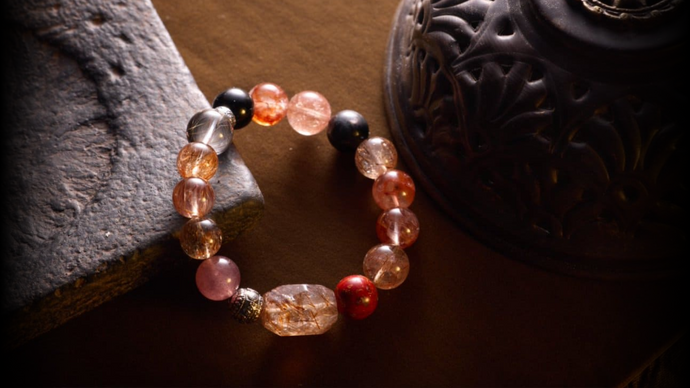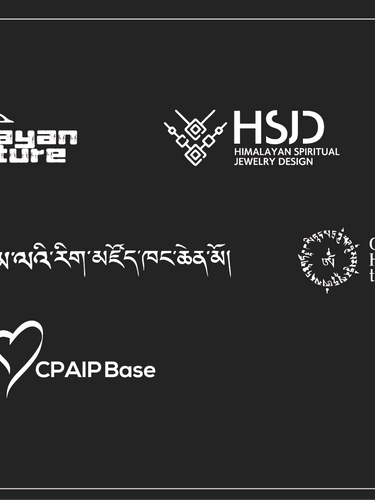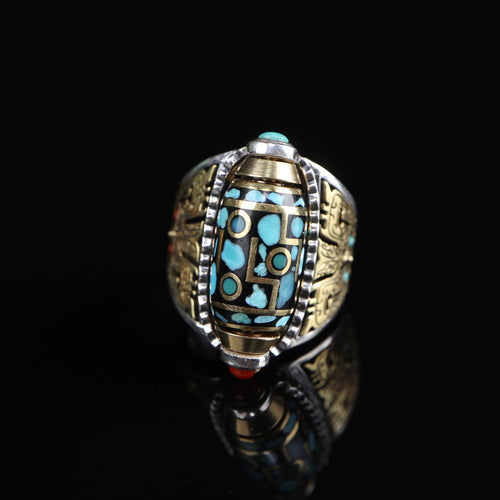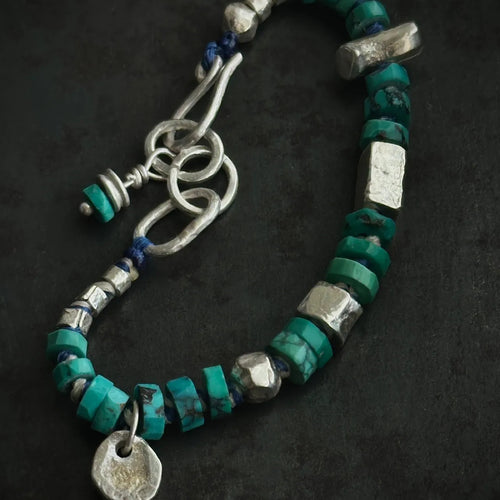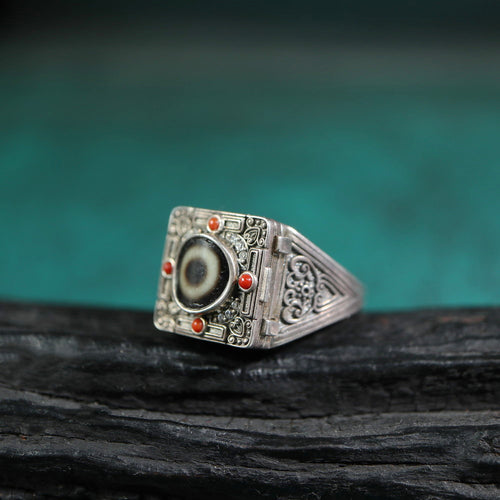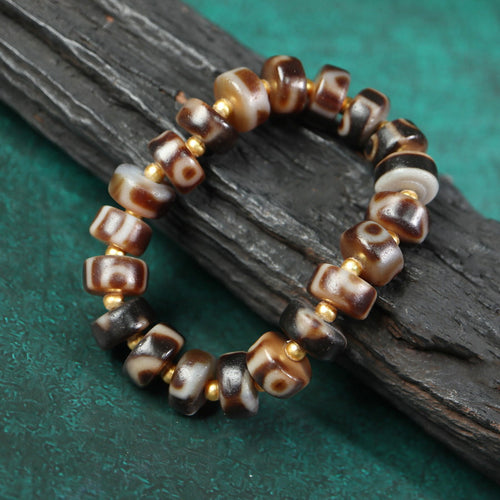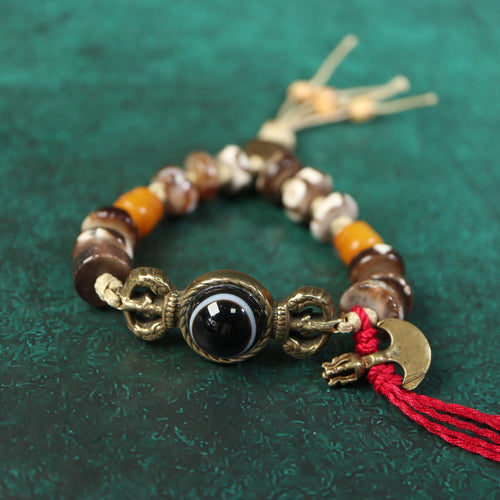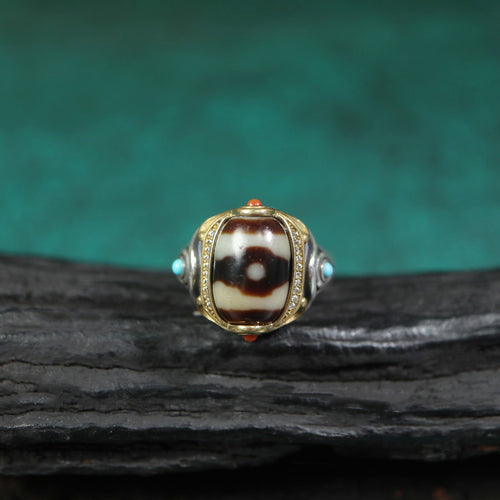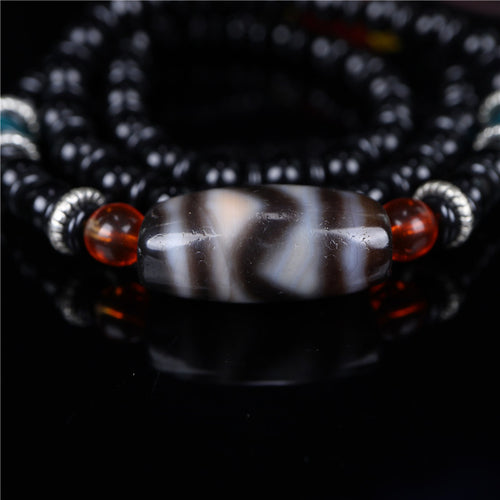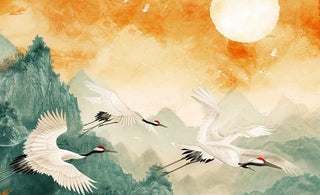
At Oriental Aesthetics, we take great pride in offering systematic, high-quality professional services tailored to oriental artists, collectors, and enthusiasts who possess a deep appreciation and love for classical oriental art. Today, we delve into the captivating world of crane motifs in oriental art, exploring their profound symbolism and aesthetic significance. Join us as we embark on a journey to discover the fusion of longevity, auspiciousness, and aesthetics embodied by these magnificent birds.
The Graceful Crane: A Timeless Symbol
In the realm of oriental art, the crane stands as a timeless symbol of grace, elegance, and longevity. With their slender bodies, outstretched wings, and long, graceful necks, cranes have captivated artists, writers, and storytellers for centuries. These magnificent birds embody the essence of beauty and harmony, serving as a source of inspiration and a representation of the natural world's magnificence.
The crane's elegant and majestic presence has made it a beloved subject in various art forms, including paintings, sculptures, and textiles. Artists strive to capture the essence of the crane's grace and poise, using their skills to convey a sense of ethereal beauty. The elongated neck and slender body of the crane, combined with its meticulously detailed feathers, create a visual masterpiece that exudes an otherworldly aura.
Beyond its aesthetic appeal, the crane holds deep symbolic meaning. In many oriental cultures, the crane is considered a sacred bird, associated with virtues such as wisdom, honor, and purity. It is believed to possess the power to ward off evil spirits and bring good fortune. The crane's ability to soar to great heights and traverse long distances has also led to its association with freedom and transcendence.
In oriental folklore and mythology, cranes are often portrayed as messengers of the gods and spiritual beings. Their appearance is seen as an auspicious sign, symbolizing blessings, longevity, and prosperity. Cranes are frequently depicted alongside other symbolic elements, such as pine trees and turtles, further enhancing their significance and reinforcing the harmony between nature and spirituality.
The enduring popularity of crane motifs in oriental art can be attributed to their ability to evoke a sense of wonder and serenity. The sight of a crane gracefully spreading its wings or standing in serene repose inspires a feeling of awe and tranquility. Artists and art enthusiasts alike are drawn to the crane's symbolic depth and its ability to evoke emotions and stir the imagination.
Longevity and Wisdom: The Crane's Symbolic Significance
The crane's symbolic significance in oriental art extends beyond its visual appeal. It is often associated with longevity and wisdom, representing the desire for a long and fulfilling life and the pursuit of spiritual enlightenment. In oriental cultures, the crane is believed to have a lifespan of a thousand years or more, making it a revered emblem of immortality and resilience.
Cranes in Chinese Art: A Majestic Presence
In traditional Chinese art, the depiction of cranes holds a prominent place, showcasing their majestic presence and profound symbolism. Chinese artists have long been captivated by the grace and elegance of cranes, skillfully employing brush and ink to capture their essence on paper or silk.
Chinese crane paintings are characterized by meticulous brushwork and attention to detail. Artists carefully study the movements and anatomy of cranes, seeking to convey their grace and beauty in every stroke. The flowing lines and precise brushwork create a sense of fluidity and vitality, bringing the cranes to life on the canvas.
The choice of settings in Chinese crane paintings is deliberate, often featuring serene landscapes, tranquil marshes, or mist-covered mountains. These natural environments serve as a backdrop to the crane's majestic presence, enhancing their symbolism and creating a harmonious composition. The inclusion of elements such as flowing water, bamboo, or pine trees further enriches the artwork, symbolizing longevity, resilience, and auspiciousness.
The depiction of cranes in flight is a common motif in Chinese art, as it represents transcendence and spiritual elevation. The outstretched wings and soaring movements of the cranes evoke a sense of freedom and grace, encouraging viewers to contemplate the higher realms of existence. The cranes' upward gaze and their connection to the heavens reinforce the spiritual significance attributed to these magnificent birds.
Chinese crane paintings also often incorporate symbolism through the use of colors. White cranes, for example, symbolize purity, while red-crowned cranes represent good fortune and longevity. The careful selection and application of colors add depth and layers of meaning to the artwork, allowing viewers to engage with the symbolism on a deeper level.
Beyond paintings, cranes are also depicted in other art forms, such as porcelain, jade carvings, and lacquerware. These three-dimensional representations showcase the craftsmanship and artistic skills of Chinese artisans. Each piece is meticulously crafted, capturing the essence of the crane's form and imbuing it with cultural and symbolic significance.
The enduring appeal of cranes in Chinese art lies in their ability to evoke a sense of awe, tranquility, and spiritual contemplation. The sight of a crane gracefully perched or taking flight stirs the imagination and invites viewers to connect with nature and the divine. It is through the mastery of brush and ink that Chinese artists bring the majesty and symbolism of cranes to life, leaving a lasting impression on those who behold their creations.
Cranes in Japanese Art: Symbolism and Aesthetics
Japanese art also celebrates the symbolism and aesthetics of cranes. In the world of ukiyo-e, the traditional woodblock prints, cranes frequently make an appearance. Renowned artists such as Hokusai and Hiroshige have masterfully captured the grace and elegance of cranes in their iconic works. These prints showcase the birds in various settings, including landscapes, gardens, and traditional ceremonies, highlighting their association with auspiciousness and spirituality.
The intricate details and vibrant colors of Japanese prints bring the cranes to life, inviting viewers to appreciate their beauty and symbolism. Cranes often symbolize good fortune, longevity, and happiness in Japanese culture. They are an integral part of celebrations and rituals, representing the hopes and aspirations of the people.
Cranes in Korean Art: Symbolic Harmony
In Korean art, cranes are also revered for their symbolic significance. Known as "Hak," cranes are highly regarded as auspicious creatures associated with longevity, wisdom, and harmony. They are often depicted in traditional Korean paintings, ceramics, and embroidery, showcasing their graceful presence and symbolic importance.
Korean artists skillfully utilize various mediums to portray cranes, capturing their elegance and grace. The paintings often feature cranes in serene landscapes, dancing among clouds or water, symbolizing the harmony between nature and spirituality. Cranes in Korean art are not merely decorative elements but convey a deeper sense of cultural identity and spiritual connection.
The Enduring Appeal of Crane Motifs
The enduring appeal of crane motifs in oriental art can be attributed to their timeless symbolism and aesthetic allure. The fusion of longevity, auspiciousness, and aesthetics embodied by these majestic birds continues to captivate art lovers and collectors worldwide. At Oriental Aesthetics, we are dedicated to preserving and promoting the beauty and cultural significance of crane motifs in oriental art.
Our comprehensive range of professional services caters to the needs of oriental artists, collectors, and enthusiasts, providing them with access to exceptional pieces of classical oriental art. Whether you are seeking a traditional Chinese painting, a Japanese woodblock print, or a Korean ceramic masterpiece featuring crane motifs, our team of experts is committed to assisting you in acquiring and appreciating these treasures.
As a leading provider of systematic, high-quality professional services, Oriental Aesthetics strives to foster a deeper understanding and appreciation for the fusion of longevity, auspiciousness, and aesthetics embodied by crane motifs in oriental art. With our expertise, we aim to connect artists, collectors, and enthusiasts with the profound beauty and cultural significance of crane motifs, allowing them to engage with the rich heritage of classical oriental art.


